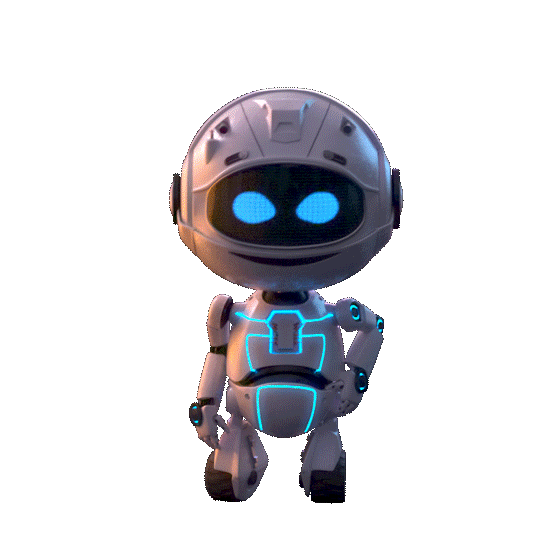

Be the Engineer the World Needs.
At Developers Stack, AI isn’t just a subject. it’s your personal co-pilot, tutor, architect, and career coach.
Code Productivity with AI Assistance
Understanding of Complex Concepts via AI Explanations
Improvement in Interview Performance & Confidence
